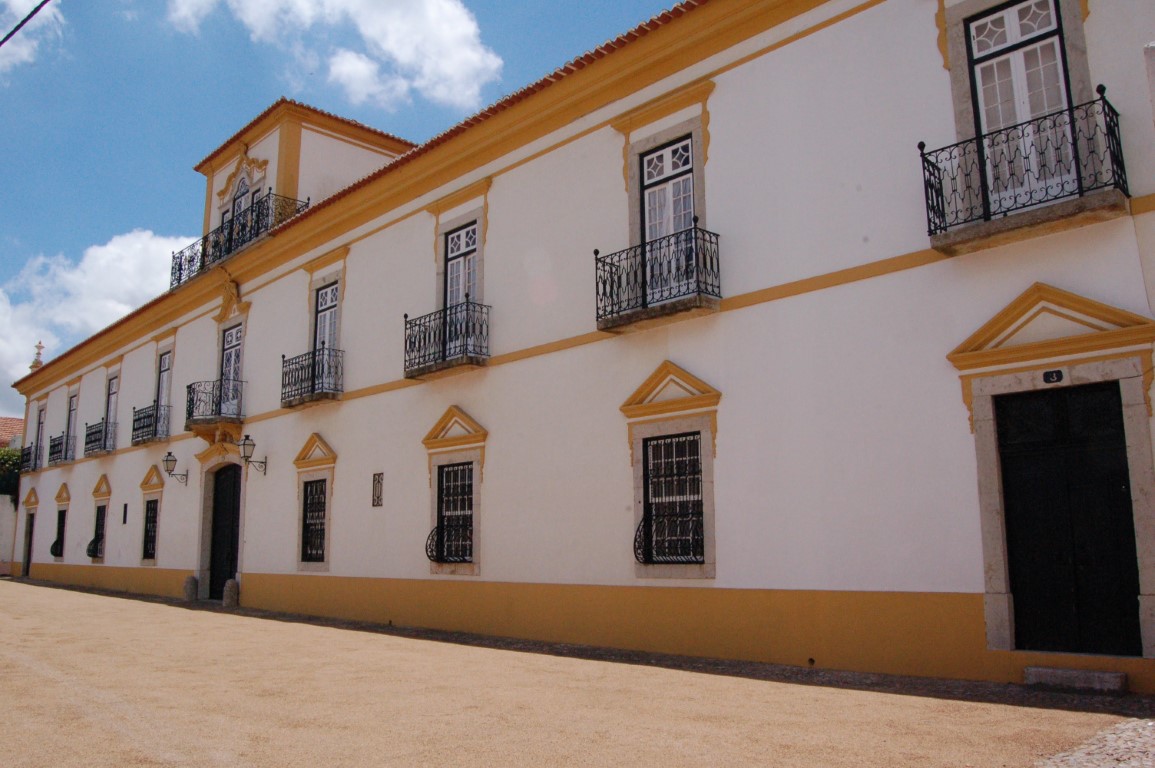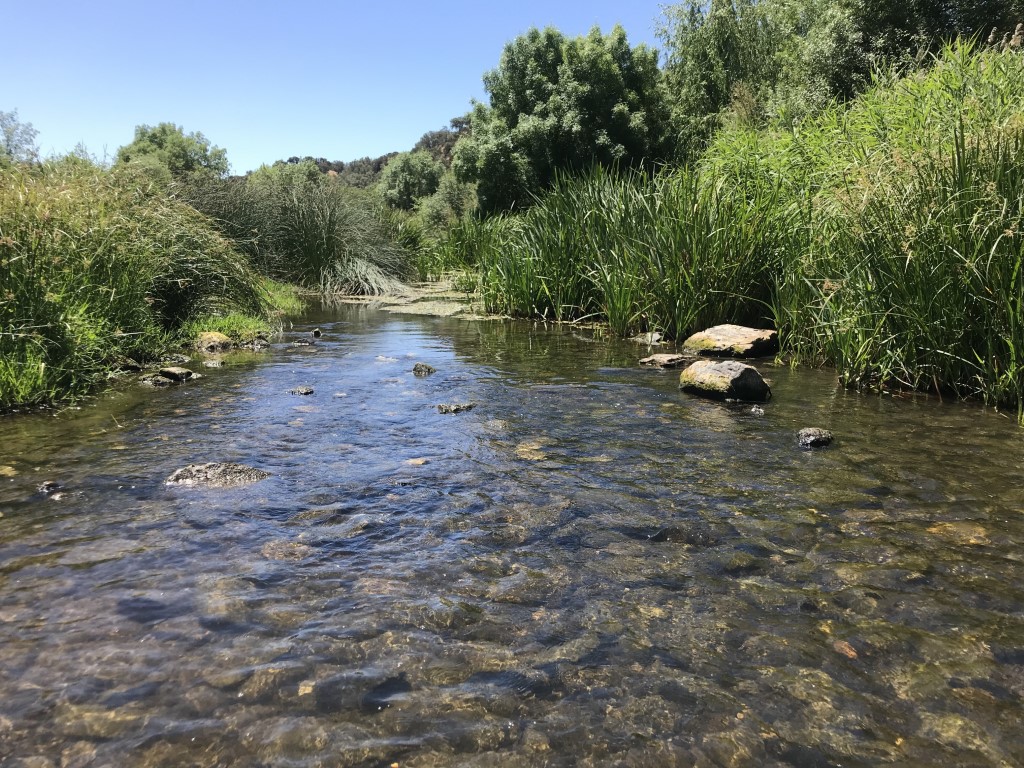The Parish Church of Santiago do Cacém, a masterpiece of Gothic art, will host a key concert of the Festival Terras sem Sombra, which takes two to Alentejo next Saturday, June 22, at 21 pm Giants of chamber music in the European panorama: violinist Pavel Burdych and pianist Zuzana Beresova.
The Czech Republic's ambassador to Portugal Petr Šelepa will chair the initiative.
On stage, there will be a «program dedicated to the great figures of Czech music, with pieces by Smetana, Dvořák, Janáček, Suk and Martinů», guarantees the organization.
The Czechoslovak Chamber Duo was founded in 2004 at the Brno Academy of Music and Performing Arts by Czech violinist Pavel Burdych and Slovak pianist Zuzana Berešová. It became, from an early age, a group very appreciated by the international public and critics, thanks to its harmony, its expressive musicality and its high professionalism.
In 2008, with the Center for Music in Bratislava, he gave a series of recitals dedicated to the work of the Slovak composer Eugen Suchoň, traveling around Prague, Bratislava and Rome. In 2011, on Mikuláš Schneider-Trnavský's 130th birthday, they showcased the work of this Slovakian creator on a tour of South Korea and celebrated the 170th birthday of Dvořák with Czech audiences.
The concert in Santiago do Cacém, entitled “Where is Minha Casa? Tradition and Vanguard in Czech Music”, presents an overview of this artistic heritage, from the Romantic period to the beginning of the XNUMXth century, through the works of some of its figures: Bedřich Smetana, Antonín Dvořák, Leoš Janáček, Josef Suk and Bohuslav Martinů.
This show will be preceded, at 15 pm, by a visit to the most important example of civil architecture in the region: the Palácio da Carreira. Classified as a monument of public interest and owned by the Falcão e Silva family, the building – a private residence – opens its doors, exceptionally, to host this activity guided by the architects Lúcia Falcão Barbosa and José António Falcão.
Built at the end of the XNUMXth century by José Joaquim Sallema de Andrade Guerreiro de Aboim, the last Captain General of Santiago do Cacém, this property is an imposing example of Alentejo's stately architecture, in the late Baroque period, standing out so much for its dimensions, as well as the decorative exuberance of the facades and interiors. The U-shaped plan frames a garden with a pond in the center, surrounded by boxwood beds and marble statues.
If the neoclassical taste already marks the exterior spans, it reaches its peak in the interior, which preserves one of the richest collections of nineteenth-century tiles in the country. Added to these are the mural paintings covering walls, paneling and ceilings, which combine the eclectic taste and Rococo influence – characteristic of the reign of D. Maria I – with neoclassical compositions, inspired by Pompeian, and romantic scenes.
A fundamental landmark in the heritage of the Alentejo coast, this building remains in the possession of a family and is an example of architectural conservation. Here lived the archaeologist João Gualberto da Cruz e Silva, founder of the Municipal Museum of Santiago do Cacém.
On Sunday 23, from 9:30 am, the festival promotes an action to safeguard biodiversity that targets the Sado, in the parish of Ermidas. Exploring the secrets of the largest totally Portuguese hydrographic basin is the challenge of an initiative that unites its two banks, between the districts of Setúbal and Beja, revealing a virtually unknown river that stands out for its intimacy.
Born in S. Martinho das Amoreiras (Odemira), the Sado is the only large Portuguese river that follows a general south-north direction, flowing with Setúbal.
"I am absent from you, my Sado fatherland, / A gentle, pleasant stream," sang Bocage. It has a route of approximately 180 kilometers, 70 of which are navigable, to Porto do Rei (Alcácer do Sal). In the past, greater clearance made it the best access route to the heart of Baixo Alentejo.
Sado and its hydrographic basin constitute a remarkable repository of biodiversity. This action reveals a little known segment of the river, in the parish of Ermidas, the Pego da Barca, where the passage between the banks was made on a boat and ruins of imposing mills remain. The area, interesting from a geological point of view, stands out for its rich flora and fauna.
The geologist from the University of Évora Carlos Cupeto, the agronomist Ilídio Martins, the nature photographer Dinis Cortes and the museology technician José Matias are directing this initiative.
The activities of Terras sem Sombra are open access and result from a partnership with the Municipality of Santiago do Cacém, the UNESCO Center for Architecture, the Embassy of the Czech Republic, the Association of Irrigants of Campilhas and the Parish Council of Ermidas-Sado.




















Comments